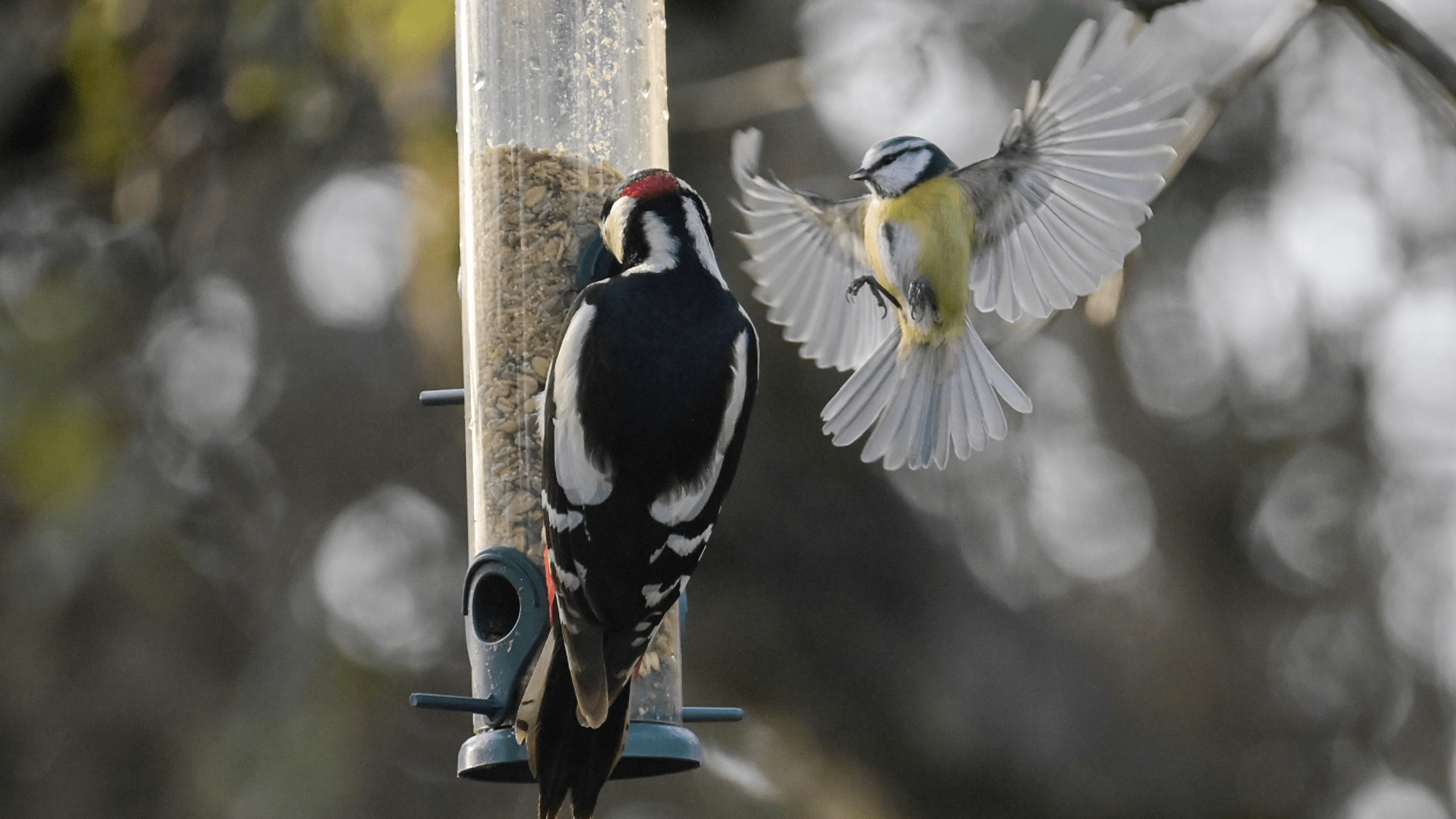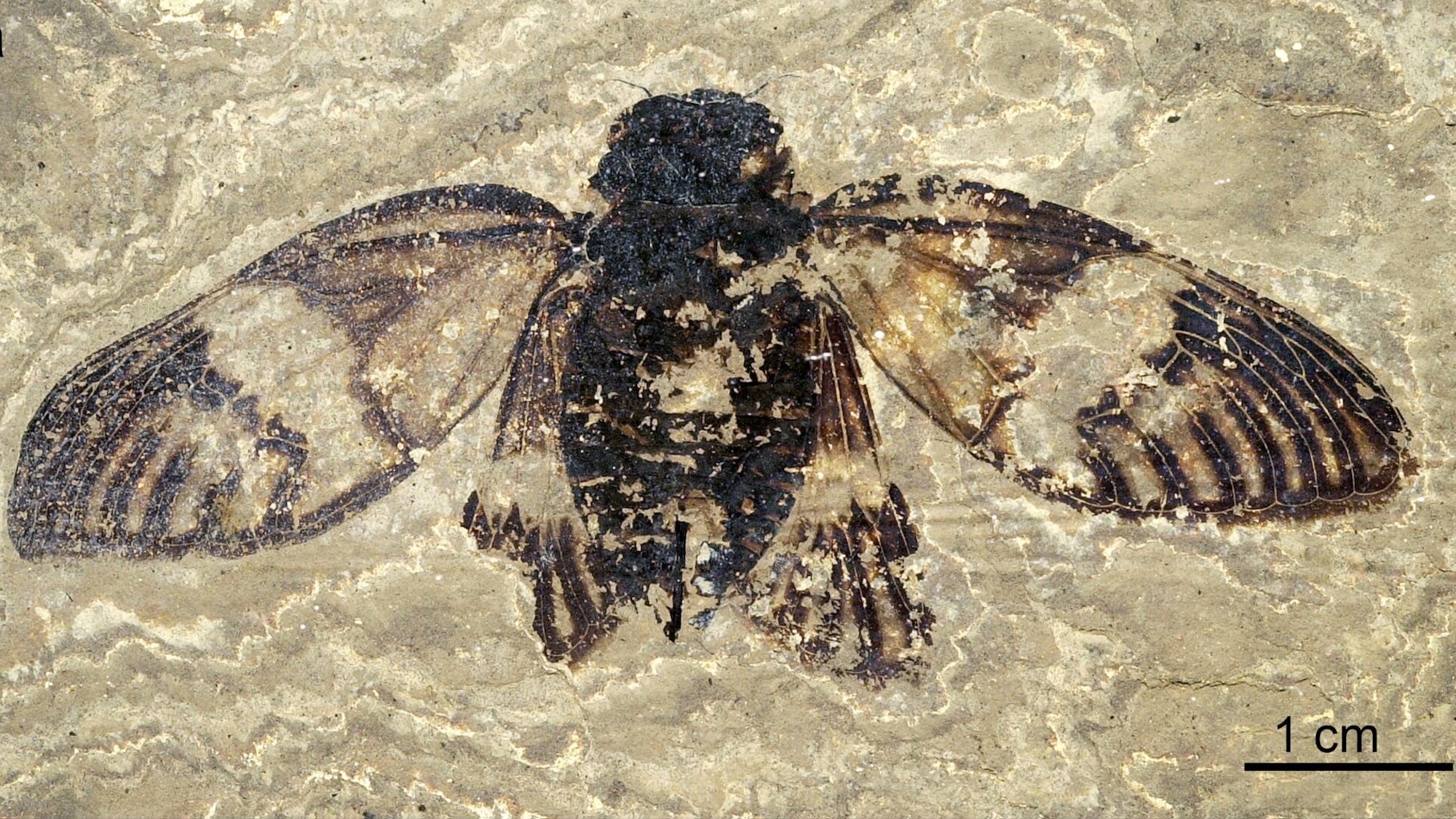Now Reading: Backyard Bird Feeders: Tips to Prevent Disease and Deter Pests
-
01
Backyard Bird Feeders: Tips to Prevent Disease and Deter Pests
Backyard Bird Feeders: Tips to Prevent Disease and Deter Pests

quick Summary
- Bird migration during spring in the United States brings thousands of species across the continent, with backyard bird feeders becoming popular for supplementing food.
- Passerines (common backyard birds) are less susceptible to highly pathogenic avian influenza (bird flu), unlike chickens and raptors. Wildlife disease transmission can still occur at feeders.
- Salmonella (“songbird fever”) and mycoplasma conjunctivitis (“finch pink eye”) are other illnesses linked to bird feeders. Cleaning and disinfecting feeders regularly is critical to prevent diseases.
- Environmental guidelines recommend temporarily removing feeders if sick birds appear or predators like bears pose a safety risk during their active seasons after hibernation.
- Light pollution management is advised during migration seasons to avoid disorienting birds’ navigation systems.
Images:
- A blue tit flying near a feeder while sharing space with a great spotted woodpecker.
- Goldfinches at a garden feeder emphasizing feeder maintenance: !Image
Indian Opinion Analysis
While this article pertains primarily to bird conservation practices in the U.S., it serves as an illustrative example relevant globally, including India, where diverse wildlife habitats promote interactions between humans and wild animals inadvertently through feeding mechanisms like bird boxes or outdoor grain stations. India’s rich avian biodiversity intersects constantly with human presence due to urbanization near forest reserves and migratory paths.
The report highlights that even harmless practices such as feeding songbirds can contribute indirectly toward disease proliferation among wildlife, which may resonate with India’s ongoing challenges handling zoonotic outbreaks such pandemics tracing reservoirs afar clarification societal-level sharper policy-prepared vis engagement minimal adequate-public education campaigns tackling clarity proper globalonate highly models

























